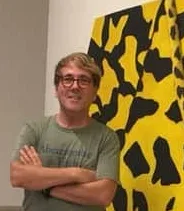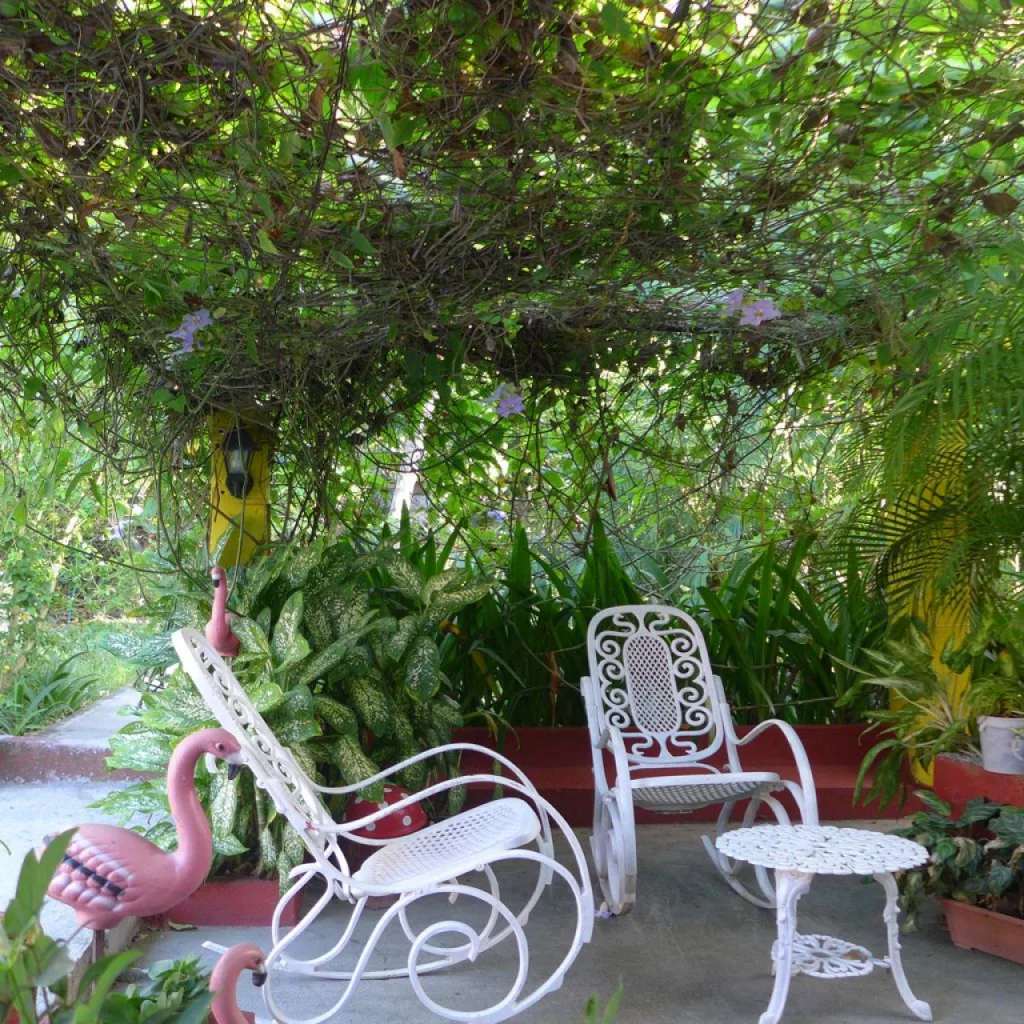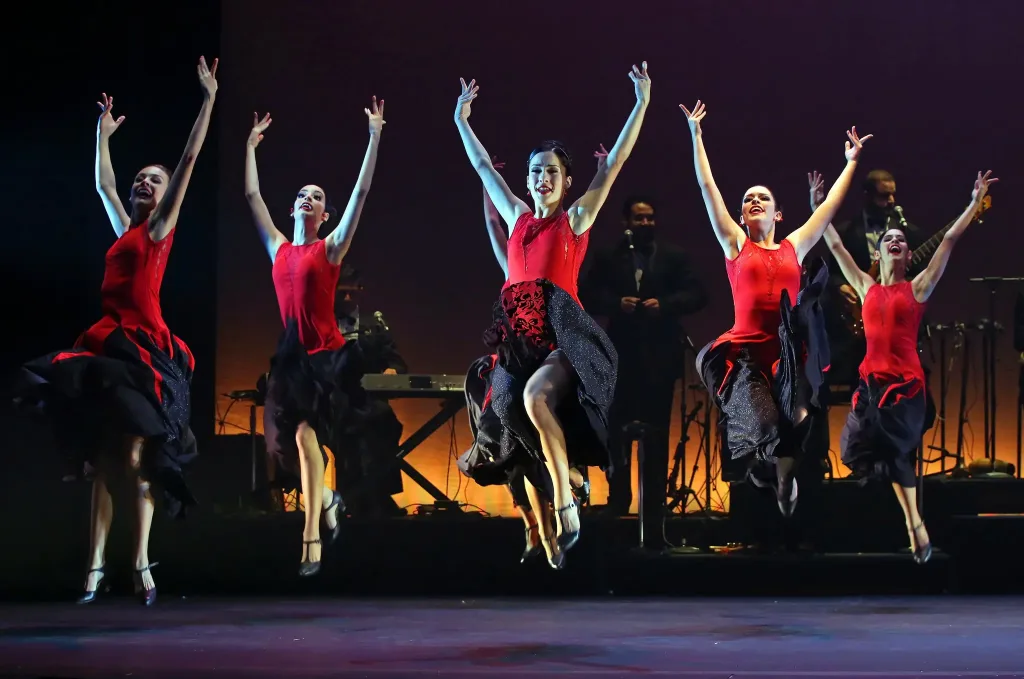With a modern and singular design, one of the buildings that guards the Revolution Square of Havana is the National Theater of Cuba. The laying of the first stone took place in 1952, but it was not till September 3rd, 1979, that it was officially inaugurated, on the occasion of a gala for the Sixth Summit of Non Aligned Countries delegations. Although many spaces of the installation were functioning since the year 1960.
The aesthetics and the utility coexist in harmony among its forms, since it is a Cultural and Recreational Complex, which includes three halls for theater: The Avellaneda (the biggest hall), with a seating capacity of 2056 in its three levels, baptized with the name of one of the most important Cuban writers from the 19th century: Gertrudis Gómez de Avellaneda. Many important shows from the most varied arts have been performed on its stage. The diverse rooms and spaces are widely opened to groups, orchestras and soloists from the most varied tendencies and styles. They integrate an interesting artistic collage.
The Covarrubias hall (with a capacity of 806) was given this name in honor of Francisco Covarrubias (1775 – 1850), a dramatist considered the first Cuban impressionist and founder of Teatro Cuba. Both halls have excellent acoustic conditions and are equipped of modern technology in illumination, sound and piece of stage machinery, as well as other different services (costume and make up).
Another space is added to these two, a smaller one on the 9th floor of the installation.
The theater also has two exhibition areas: René Potocarrero and Avellaneda −located in the lobby of both halls−, in addition to a café in the basement, and another one on the top floor of the installation: Delirio Habanero, with a panoramic view to the Revolution Square. The installations of the National Theater of Cuba are also the house for the Contemporary Dance of Cuba Company, which is based here.
Relevant Cuban plastic artists left their creative marks in murals and sculptures of different areas of the theater’s gardens and building; among them, we have René Portocarrero, Raúl Martínez, Rita Longa, Sandú Darié, Rolando López Duribe, Alfredo Lozano, Tomás Oliva, and Eugenio Rodríguez y Roberto Estopiñán. Their creations offer a patrimonial richness to this institution that, among other important activities, is a secondary venue for the International Festivals of Ballet of Havana. Many important Cuban and international personalities of the artistic universe, from the most dissimilar manifestations, have passed through the National Theater of Cuba over the years.





